
We’re almost one month into spring – not that you can tell here in Auckland – which means that summer is fast approaching! For a lot of us (and the patients we’ve been seeing), this means dusting off that workout gear and getting ready to hit the gym or the road or wherever you like to work out!
Unfortunately, there are always those of us whose bodies don’t initially respond too well to going from bear-like hibernation to regular, and at times challenging (pump class, anyone?), exercise. So we’ve put together some tips to help you get back into exercise safely and effectively and minimise the risk of getting injured in the process!
- Start off slow
We know the temptation to go all out on your first day back at the gym until you feel it whenever you sit down the next day – we’ve been there! The very real risk is that if you push yourself too hard initially, then your muscles, tendons and joints which aren’t used to such a load over the winter months have a real risk of being strained and damage – which can see you delaying your exercise for at least a few weeks while you recover! Instead, try starting off with a distance you can manage without too much strain as a baseline and then gradually increase that. Your body will also feel much better the next day!
- Check your shoes
We know, sounds cliché right? But there’s a reason for that. Your shoes hold and support your feet (and hence legs and upper body) with every step you take. This means they can either help stabilise and control your movements, or allow your foot to roll unsteadily from side to side, placing excess strain on various muscles and bones and see you tire much faster from all this extra energy you’ve used up trying to support and stabilise your feet. If you’ve had your regular joggers for over a year, just take the time to feel around the heel counter and make sure it’s not to flexible, check the shank through the middle of the shoe so that it’s still quite firm and not too flexible and check the wear pattern on the bottom of the shoe to make sure you haven’t massively worn the shoes down on one side and they’re now going to be tipping you out of balance.
- Be mindful of previous injuries
If you’ve injured your feet or legs previously, there’s a chance that area will be a bit weaker, even if it’s all healed up. This makes the area vulnerable to re-injury. Focus on doing exercises that help strengthen that area as part of your daily routine or warm up. For example, if you’ve previously had a knee injury (like your patellar tendon or your ACL ligament), then include exercises that will strengthen the musculature that surround, support and stabilise the knee.
- Warm up and cool down!
Jumping straight into an exercise session without warming up your muscles and expecting them to be as flexible as ever is one of the quickest ways to get injured. Take the time to have a good stretch and warm up for a couple of minutes before you start. After you finish, equally take the time to cool down and give those hardworking muscles a good final stretch. It can save you “feeling the burn” and the soreness the next day and decreases your recovery time.
- Variety is the spice of life
We’re not sure about the spice of life, but having variety in your activities and exercises is a great way to work many muscle groups that may be neglected if you stick to just a few activities. Because muscles support one another so much, having good general strength will overall reduce your likelihood of injury and improve your overall function and mobility.
So GOOD LUCK to those that are back on the exercise bandwagon! If you have any concerns, need advice or develop any niggles or injuries, come in and see our expert team here at Perform Podiatry. Sports injuries and biomechanics is one of our specialities and we love seeing people back on track and achieving their goals!
Give us a call today on
09 523 2333
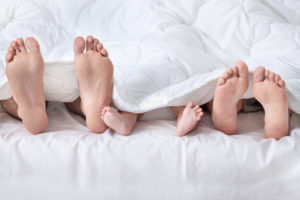
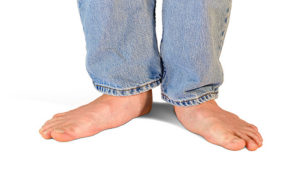
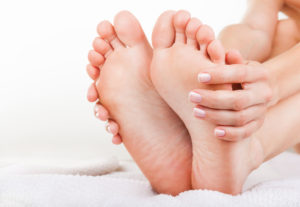 If you or any of your family members have diabetes, you’ll likely know that it’s very important to look after your feet. What many people may not be so familiar with, is the exact reason why it’s so important and how diabetes affects the feet. Here are the two main ways diabetes poses a significant risk to your feet and why you need to look after them!
Diabetes affects your ability to feel
Because of the way that diabetes damages the nerves, your sensation progressively worsens over time. There are many changes to sensation that can occur with diabetes. The more common changes can include:
If you or any of your family members have diabetes, you’ll likely know that it’s very important to look after your feet. What many people may not be so familiar with, is the exact reason why it’s so important and how diabetes affects the feet. Here are the two main ways diabetes poses a significant risk to your feet and why you need to look after them!
Diabetes affects your ability to feel
Because of the way that diabetes damages the nerves, your sensation progressively worsens over time. There are many changes to sensation that can occur with diabetes. The more common changes can include:
 If you’ve ever suffered with pain at the back of your heel from your achilles tendon, you’ll know that it’s not only uncomfortable and painful but can also be very limiting to daily activities because of the massive role your achilles tendon plays in taking each step and the large amount of force it takes through every step.
What you may not know,is the importance of getting any issues or pains with your achilles tendon seen to quickly and effectively – more so than other muscles and tendons of the feet and legs. This is because unlike damage to other tendons that follows a process of swelling and inflammation, achilles tendinopathy follows a more degenerative pathway where the tendon fibres will degenerate and weaken over time.
This means that unlike other conditions where you just need to reduce the swelling and wait for it to heal, with achilles tendinopathy you actually need to actively work to strengthen the tendon as part of your rehabilitation. It also means that the longer the injury is left unmanaged, the worse it’ll get, and the more recovery time and rehabilitation it’ll require. So don’t put it off!
If you’re unfamiliar with achilles injuries, here’s a little recap on achilles tendinopathy:
If you’ve ever suffered with pain at the back of your heel from your achilles tendon, you’ll know that it’s not only uncomfortable and painful but can also be very limiting to daily activities because of the massive role your achilles tendon plays in taking each step and the large amount of force it takes through every step.
What you may not know,is the importance of getting any issues or pains with your achilles tendon seen to quickly and effectively – more so than other muscles and tendons of the feet and legs. This is because unlike damage to other tendons that follows a process of swelling and inflammation, achilles tendinopathy follows a more degenerative pathway where the tendon fibres will degenerate and weaken over time.
This means that unlike other conditions where you just need to reduce the swelling and wait for it to heal, with achilles tendinopathy you actually need to actively work to strengthen the tendon as part of your rehabilitation. It also means that the longer the injury is left unmanaged, the worse it’ll get, and the more recovery time and rehabilitation it’ll require. So don’t put it off!
If you’re unfamiliar with achilles injuries, here’s a little recap on achilles tendinopathy:
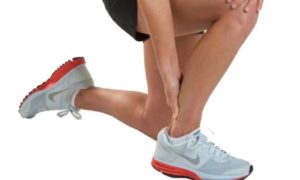 Activities that put a lot of force and strain through the tendon. This includes:
Activities that put a lot of force and strain through the tendon. This includes:
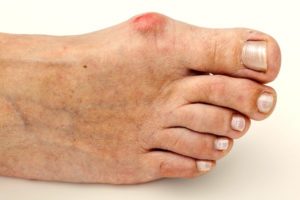
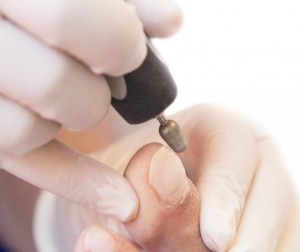
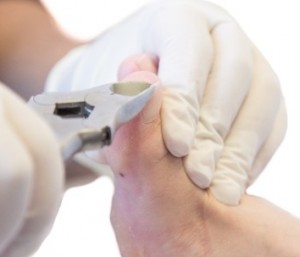
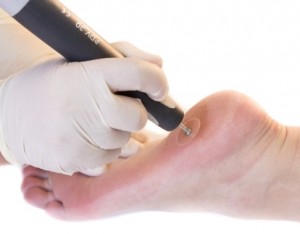
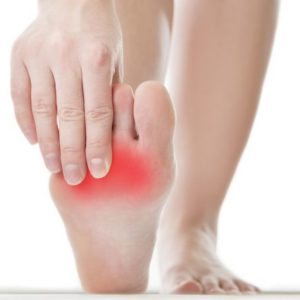 Does it feel like you’ve been walking around on an uncomfortable small stone beneath your foot for some time now? Have you been feeling pain at the forefoot that seems unusual? And that while Google tells you this pain should be located beneath the big toe joint or at one of the other toes along the ball of your foot, you’re actually feeling it up from there, through the long bones of the foot? Perhaps around your 3rd and 4th long toe bones? And maybe instead of the usual pain, redness and swelling, the pain and discomfort comes with a twinge every so often that may tingle or feel numb?
If this sounds familiar then you, my friend, may have a Morton’s Neuroma.
What is a Morton’s Neuroma?
A neuroma describes a thickened or inflamed nerve in a space between the toes (interdigital space). Just like rubbing and irritating a muscle, the same can happen to your nerves! It often occurs between the 3rd and 4th toes, though can occur in between the 2nd and 3rd toes , and may be a palpable round mass.
The cause of a neuroma is often repetitive compression of the nerve which may occur from:
Does it feel like you’ve been walking around on an uncomfortable small stone beneath your foot for some time now? Have you been feeling pain at the forefoot that seems unusual? And that while Google tells you this pain should be located beneath the big toe joint or at one of the other toes along the ball of your foot, you’re actually feeling it up from there, through the long bones of the foot? Perhaps around your 3rd and 4th long toe bones? And maybe instead of the usual pain, redness and swelling, the pain and discomfort comes with a twinge every so often that may tingle or feel numb?
If this sounds familiar then you, my friend, may have a Morton’s Neuroma.
What is a Morton’s Neuroma?
A neuroma describes a thickened or inflamed nerve in a space between the toes (interdigital space). Just like rubbing and irritating a muscle, the same can happen to your nerves! It often occurs between the 3rd and 4th toes, though can occur in between the 2nd and 3rd toes , and may be a palpable round mass.
The cause of a neuroma is often repetitive compression of the nerve which may occur from:
 We’re almost one month into spring – not that you can tell here in Auckland – which means that summer is fast approaching! For a lot of us (and the patients we’ve been seeing), this means dusting off that workout gear and getting ready to hit the gym or the road or wherever you like to work out!
Unfortunately, there are always those of us whose bodies don’t initially respond too well to going from bear-like hibernation to regular, and at times challenging (pump class, anyone?), exercise. So we’ve put together some tips to help you get back into exercise safely and effectively and minimise the risk of getting injured in the process!
We’re almost one month into spring – not that you can tell here in Auckland – which means that summer is fast approaching! For a lot of us (and the patients we’ve been seeing), this means dusting off that workout gear and getting ready to hit the gym or the road or wherever you like to work out!
Unfortunately, there are always those of us whose bodies don’t initially respond too well to going from bear-like hibernation to regular, and at times challenging (pump class, anyone?), exercise. So we’ve put together some tips to help you get back into exercise safely and effectively and minimise the risk of getting injured in the process!
 Are your kids ‘W’ sitting? Keep an eye out these school holidays!
School holidays are almost here so for many of us, life is about to get just that little bit more hectic! It also gives us that little more time to see our kids in action – laughing, playing… and sitting! And sitting can be a biggie, because there’s a type of sitting that is actually detrimental to your children’s posture and can affect their development! It’s called ‘W’ sitting.
Are your kids ‘W’ sitting? Keep an eye out these school holidays!
School holidays are almost here so for many of us, life is about to get just that little bit more hectic! It also gives us that little more time to see our kids in action – laughing, playing… and sitting! And sitting can be a biggie, because there’s a type of sitting that is actually detrimental to your children’s posture and can affect their development! It’s called ‘W’ sitting.
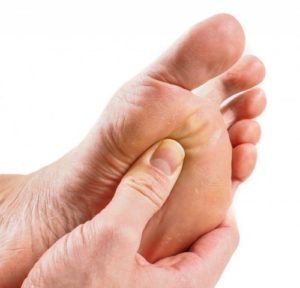 If you can feel pain and swelling particularly beneath the second toe joint at the ball of your foot (also known as your second metatarsophalangeal joint), then there’s a fair chance you could have done some damage to your plantar plate. After all, it is thought of as being the most common cause of pain beneath this joint – though a plantar plate injury can affect any of the toes!
So what is a plantar plate?
A plantar plate is a thickened ligament band/structure that runs across the bottom of the toe joints at the ball of the foot, connecting the toes together. Because of this connection, it works to:
If you can feel pain and swelling particularly beneath the second toe joint at the ball of your foot (also known as your second metatarsophalangeal joint), then there’s a fair chance you could have done some damage to your plantar plate. After all, it is thought of as being the most common cause of pain beneath this joint – though a plantar plate injury can affect any of the toes!
So what is a plantar plate?
A plantar plate is a thickened ligament band/structure that runs across the bottom of the toe joints at the ball of the foot, connecting the toes together. Because of this connection, it works to:
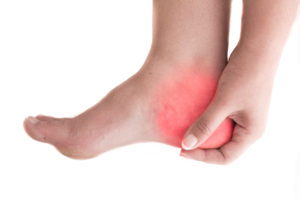 If you wake up dreading putting your feet on the ground and taking those first few steps because of an intense pain in your heels, then it sounds like you could have Plantar Fasciitis. Don’t worry! While this condition can be extremely limiting and painful, you’re in the perfect place as heel pain is one of our specialities here at Perform Podiatry. Here’s what you need to know about Plantar Fasciitis.
What is Plantar Fasciitis?
Your plantar fascia is a thick connective tissue band that runs from the bottom of your heel (where you’ll be feeling your pain) and spans out like a fan to connect into your toes. It works to help support your arch and foot and you engage it and put pressure on it every single time you take a step.
Plantar fasciitis describes the condition where your plantar fascia has become damaged, and as a result is painful and often inflamed. Damage occurs when the fascia is overloaded to a point that it can’t tolerate, and so it gets small tears through its fibres. If the damage is bad, the plantar fascia can be partially torn or may completely rupture. Factors that contribute to overloading and subsequent damage can include (among many more):
If you wake up dreading putting your feet on the ground and taking those first few steps because of an intense pain in your heels, then it sounds like you could have Plantar Fasciitis. Don’t worry! While this condition can be extremely limiting and painful, you’re in the perfect place as heel pain is one of our specialities here at Perform Podiatry. Here’s what you need to know about Plantar Fasciitis.
What is Plantar Fasciitis?
Your plantar fascia is a thick connective tissue band that runs from the bottom of your heel (where you’ll be feeling your pain) and spans out like a fan to connect into your toes. It works to help support your arch and foot and you engage it and put pressure on it every single time you take a step.
Plantar fasciitis describes the condition where your plantar fascia has become damaged, and as a result is painful and often inflamed. Damage occurs when the fascia is overloaded to a point that it can’t tolerate, and so it gets small tears through its fibres. If the damage is bad, the plantar fascia can be partially torn or may completely rupture. Factors that contribute to overloading and subsequent damage can include (among many more):
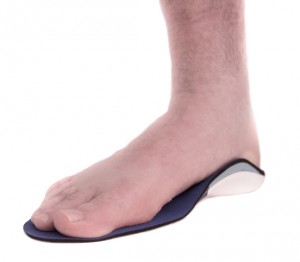
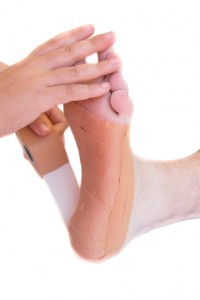
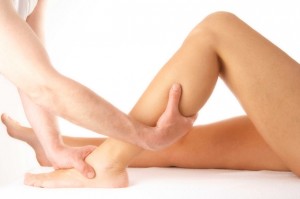
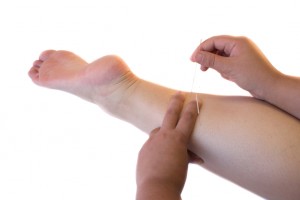 Your podiatrist will also provide helpful tips to get the best and fastest recovery, as well as referring you for an ultrasound or x-ray where necessary.
Perform Podiatry specialises in managing Plantar Fasciitis and heel pain
If you’re struggling with heel pain and suspect it may be Plantar Fasciitis, our expert team will get you on the road to recovery in no time! We understand that Plantar Fasciitis is frustrating and often limits our patients ability to conduct regular daily tasks when they’re on their feet and hence have a significant negative impact on their quality of life.
At Perform Podiatry, we’re proud to be leaders in the field of clinical biomechanics and specialise in the various causes of heel pain – and of course how to effectively treat them! We maintain a high level of clinical excellence in everything we do – come in, experience it for yourself, and stop putting up with your heel pain!
Your podiatrist will also provide helpful tips to get the best and fastest recovery, as well as referring you for an ultrasound or x-ray where necessary.
Perform Podiatry specialises in managing Plantar Fasciitis and heel pain
If you’re struggling with heel pain and suspect it may be Plantar Fasciitis, our expert team will get you on the road to recovery in no time! We understand that Plantar Fasciitis is frustrating and often limits our patients ability to conduct regular daily tasks when they’re on their feet and hence have a significant negative impact on their quality of life.
At Perform Podiatry, we’re proud to be leaders in the field of clinical biomechanics and specialise in the various causes of heel pain – and of course how to effectively treat them! We maintain a high level of clinical excellence in everything we do – come in, experience it for yourself, and stop putting up with your heel pain!